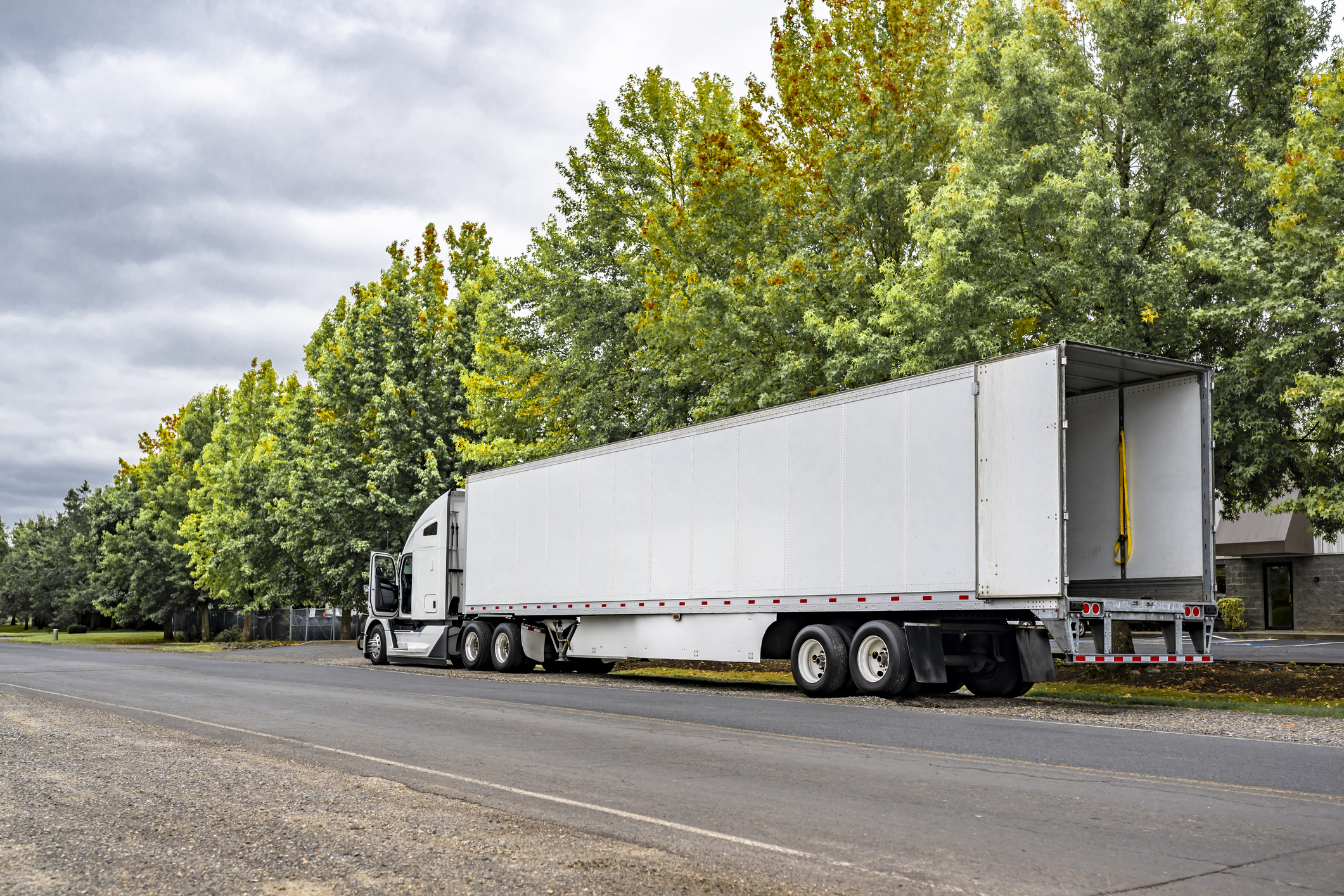What Your Drivers Aren’t Telling You

These days, there’s a lot of talk about “work culture” and how to retain your best employees, especially when there aren’t enough drivers available to fill your open lanes. At the root of a solid work culture that benefits both employers and employees is one key factor: communication. So, do you know exactly what your drivers aren’t telling you about your company?
If you’re not using some type of feedback program that encourages honesty, odds are that you don’t know your drivers as well as you think you do.
Through our work with trucking companies across the country, we’ve built up quite a database of feedback from drivers. And there’s a lot in there that surprises the companies we work with, even those companies that feel they have a good understanding of driver needs and wants.
When It Comes to Feedback, Trust Is Key
Research about driver feedback is the heart of our work — and it’s quite clear from our understanding that drivers share more once you gain their trust. The feedback mechanism you use is part of building that trust, and research shows that anonymity is a crucial element of a successful feedback program.
“One of the reasons that drivers are more comfortable sharing through WorkHound is that they know it’s anonymous,” says Max Farrell, CEO & Co-Founder of WorkHound. “Anonymity is important because they can share exactly what’s on their mind without a fear of retaliation. We work hard to make sure feedback is acknowledged so that carriers can earn driver trust.”
In most cases, once a company partners with WorkHound, drivers begin sharing direct and honest feedback pretty promptly.
“Some drivers are just bursting at the seams to have an outlet to begin sharing what they’re seeing,” Farrell says. “For most drivers, though, it takes a few weeks of repetition and seeing how companies respond before they start to truly open up. We’re generally getting solid feedback from a good number of drivers shortly after onboarding.”
Learning About People & Safety
Because drivers don’t feel the need to filter their thoughts and concerns when sharing feedback through WorkHound, trucking carriers are often surprised by the feedback they receive. It’s not that it’s shocking — it’s more that the feedback pertains to topics they wouldn’t have gotten feedback about if anonymity weren’t in play.
There are two main categories of feedback that are typically surprising for companies: People and safety.
“The ‘People’ theme tends to be surprising,” Farrell says. “In a lot of company cultures, since things are flying at us at a fast pace, we might not stop to acknowledge the people around us. Drivers often give a shout-out to people who are helping them in some way. On the flipside, they sometimes will share ways that other employees are making their work more challenging.”
Feedback about other employees becomes even more serious when the feedback shared also relates to gaps in safety processes.
“There’s often a tense relationship between drivers and technical staff in many cases for various reasons,” Farrell says. “Safety practices have a lot of power over drivers, so drivers are often hesitant to share questions or concerns about safety. They’ll use WorkHound to document those experiences since they don’t feel comfortable sharing it in another way.”
There’s a positive side to allowing for that type of feedback — it enables companies to take information about potential safety hazards and look into them, preventing lapses before they become more serious.
Other Things You’ll See
It’s important to note that not all driver feedback is about critical topics. Drivers often use WorkHound as a way to share their thoughts, even when those thoughts aren’t directly related to ways to improve their work.
We get a lot of selfies, photos of the landscape on the road, and plenty of positives about their days — and we love the unfiltered glimpse into the driver experience. It’s providing drivers a way of communicating with the outside world while they’re on the road, which we know can be lonely at times.
And sometimes there’s the feedback that results in almost immediate, super-efficient action on the part of the company. That was the case when one driver shared feedback that they were having a hard time finding good vegan food options on the road (yes, a vegan truck driver!). The company reached out to them and installed a second fridge in his truck, helping to support their dietary needs.
We have so many more examples like these, but the best feedback research is digging into topics shared by your drivers. We’d be happy to help you start the conversation.
Ready to see how WorkHound works for your business? Sign up for a free demo to learn how WorkHound can help!
Let's Build Better Workplaces Together
Revolutionize your company culture and your worker retention rates by improving communication and engagement.
Book a Demo

